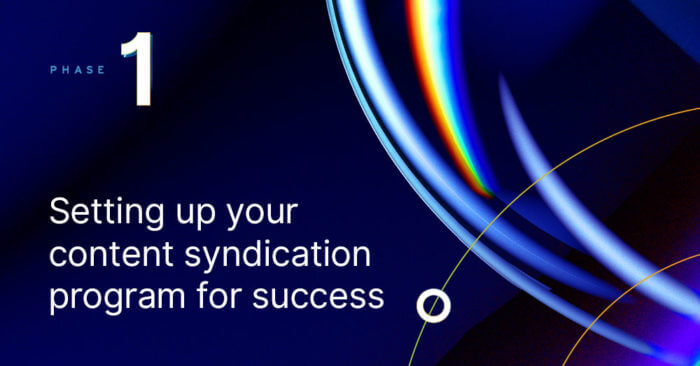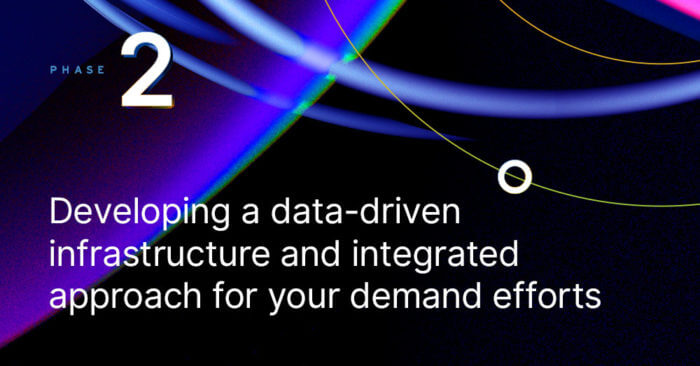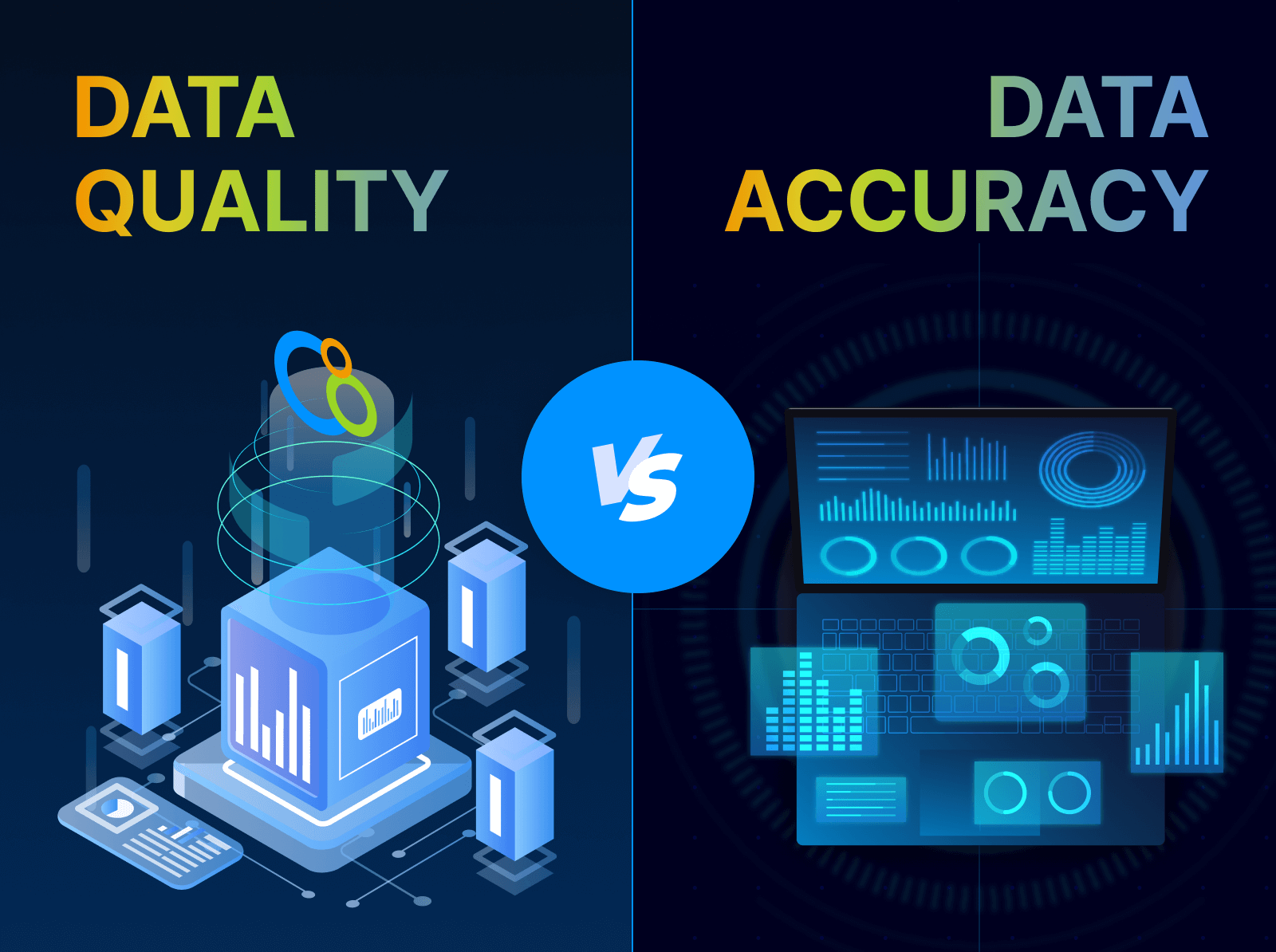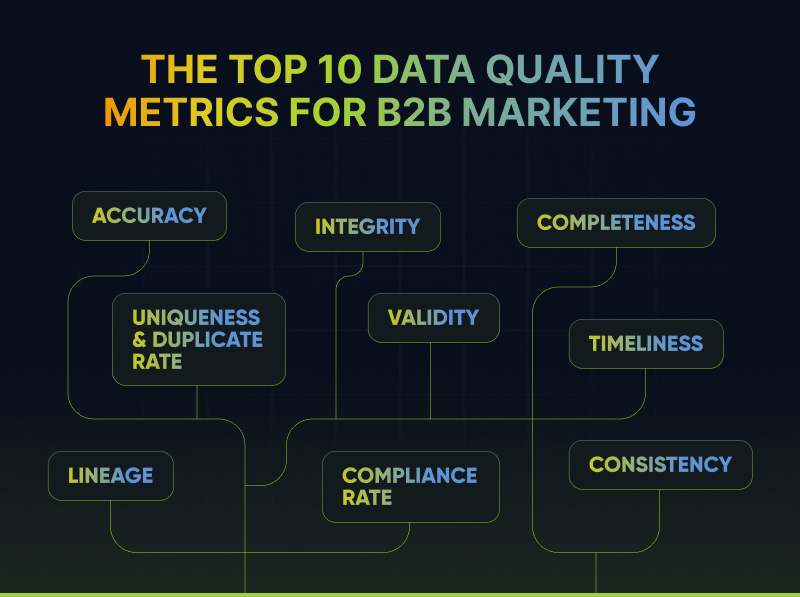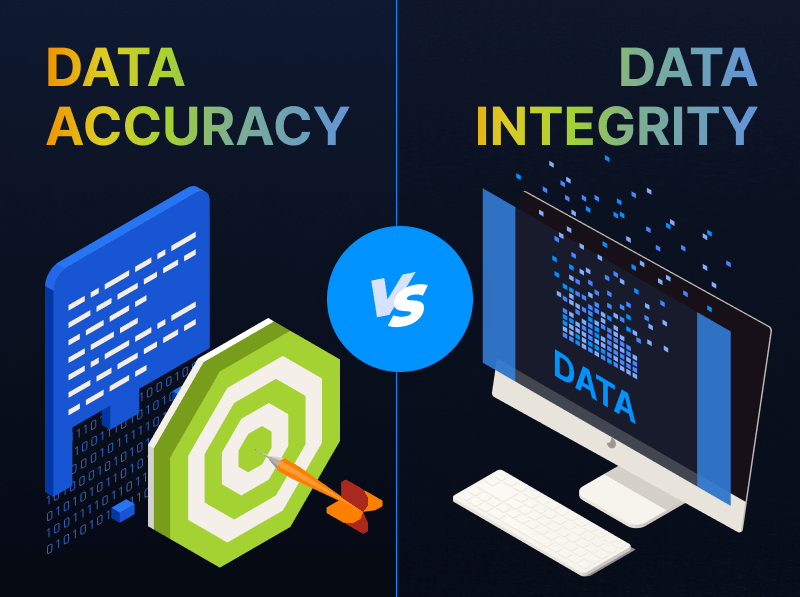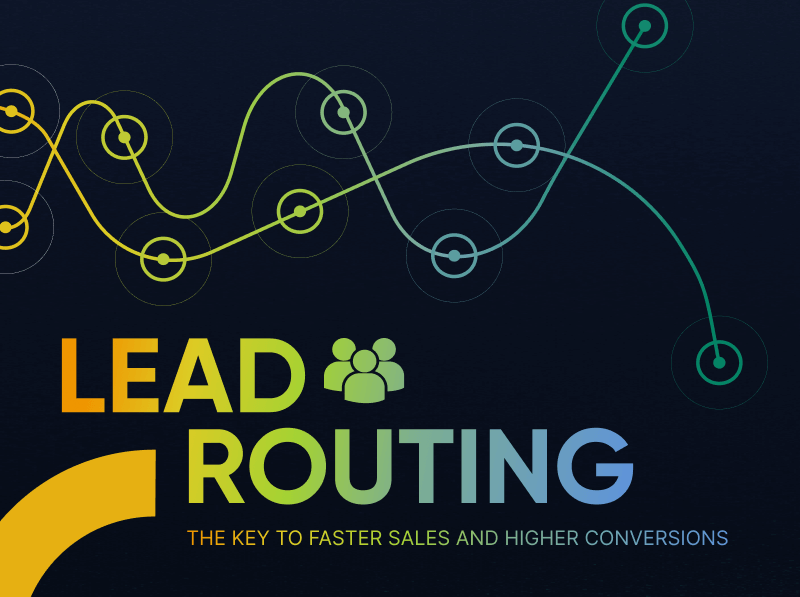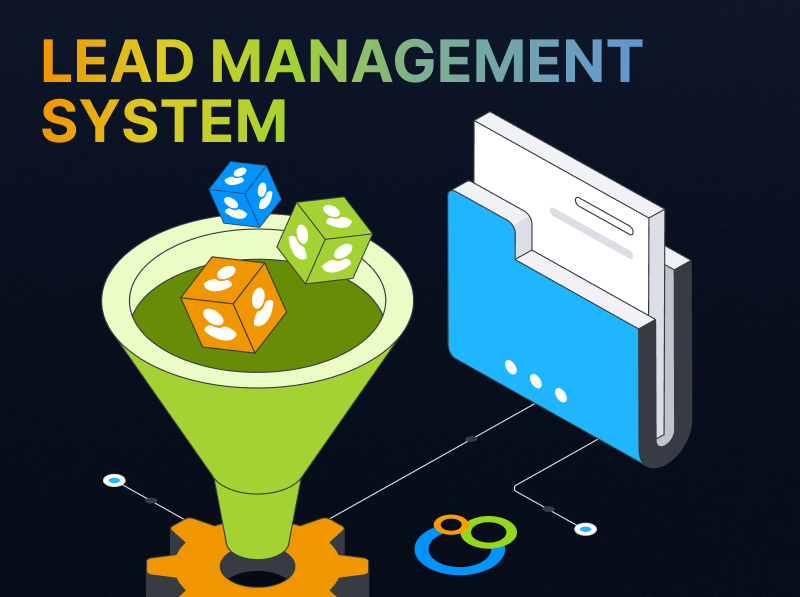Seizing the Potential in Content Syndication
Content syndication goes as far back as the early days of print, radio and television. Re-runs of old tv shows that air on different channels than they originally aired, that’s syndicated content. Syndication helps extend the life of the content you have created, bringing a new set of viewers/readers, helping you maximize exposure to your content.
Getting quality traffic to your content is a common problem for most marketers. As increasing numbers of marketers look to engage in syndication to generate pipeline, it’s important to consider the risks of not executing a well-thought-out strategy.
From identifying the right audience and ensuring quality lead data, to using intent signals to prioritize follow up and maximize results, the road to content syndication success is littered with obstacles and potential pitfalls.
In this article, we outline the common mistakes that marketers make when it comes to content syndication:
- Not identifying the right audience from the beginning
- Selecting content not right for syndication
- Not defining a specific nurture path post syndication
- Providing no direction to SDR/Sales on how to follow up
The Benefits of Content Syndication
Content syndication operates at the top of the revenue funnel, but the impact and benefits reverberate down through later stages by exposing unengaged, high-potential buyers to your message and brand.
While there are many ways to increase your demand gen numbers, content syndication continues to stand out from the pack. Syndication provides:
Access to a Larger Audience
Syndication gets your content in front of a different audience who otherwise would have not known it existed. Syndicated content allows you to target a segment of your audience, giving that segment exactly what it’s looking for, in places where it’s already searching. With content syndication, you can target your audience down to your Ideal Customer Profile (ICP). Some of the larger publishers also have huge social media followings you can tap into.
Link Authority
When done correctly, content syndication can garner valuable backlinks that help increase your website authority. On the higher authority websites, you can harness the benefits of quality links back to your website, ultimately boosting your SEO rankings.
Brand Recognition
Syndicating your content on recognized and high-authority websites is a good step in positioning you among the thought leaders within your industry, in-turn boosting your brand’s reputation.
As potential buyers start to see your name and brand consistently on authoritative publications, they will start to see you as an authority too.
Because of the continued exposure, people will see your brand more often and are more likely to buy your product in the future.
The Pitfalls of Content Syndication
While there are many benefits of syndicating your content, sadly, content syndication is often mismanaged and performance can take an awfully big hit, leading to some negative results. There are some land mines to watch out for if you want to reap the many rewards of a successful content syndication strategy.
Not Identifying Your Audience From the Beginning
When was the last time you reviewed your ICP or analyzed the makeup of your most successful customers?
If you haven’t done so recently, reviewing your audience is an essential step before selecting content and pushing on with a content syndication campaign. Often marketers fall into the trap of selecting the biggest, broadest audience for content syndication campaigns, not spending enough time on narrowing or refining.
Top tips in identifying your target audience for content syndication:
- Develop detailed buyer personas based on data from your teams and systems
- Identify problems and challenges that your prospects might have
- Collaborate with sales to develop ideas for content
- Aim to educate your audience, rather than sell
Selecting the Wrong Content for Syndication
Avoid using promotional and product assets when picking what content to syndicate. This is your introduction to the prospects and your content needs to educate, rather than sell. Instead, focus on trends, shifts, or how-to content around topics of interest to your ICP and personas.
You might think it is a shortcut to qualified leads but simply offering your solution info-pack or brochure won’t add enough value at the top of the funnel. In most cases, it will have the opposite result, putting people off your brand.
Types of assets to use:
By using a wide variety of formats, you are more likely to meet the buyer’s information needs. You need to remember that different buyers will engage with the same information in different formats, whether due to their job function or personal preference.
How many assets to use:
The number of assets you use depends on three things:
- The breadth of your message
- Its applicability across industries and segments
- The scale of your syndication goals
Larger scales or shorter timeframes often require more assets in order to attain goals. When it comes to content syndication, it is recommended that you use a minimum of three to five assets that the third-party provider can choose from to engage the audience.
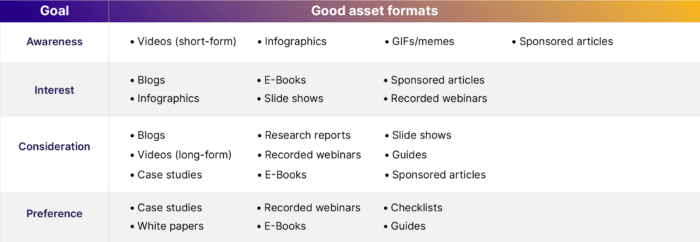
Tone:
If your content syndication efforts are to succeed, prospective buyers need to trust the information they’re consuming. If your marketing effort involves moving the readers’ thinking away from the status quo, it is more important than ever to gain their trust. Being human and authentic is the key to provocative and compelling content.
Personalization and verticalization:
By ensuring your content pertains to your buyer’s scenario, lifestyle, industry, segment and so forth, you make it relevant. As a result, you will start to see an increase in results from your efforts. To achieve this, you can use multiple assets with each provider, or you can use a single deep asset that organizes many industries and other important contexts so the buyer can easily find the content most relevant.
Testing rules all
Your best program for content syndication is one that you can continually measure and adjust, while working with your third-party providers.
Pro tip: Ask your providers what generally works best for their audience and efforts. Then test.
A good method is the split test. Vary asset type, quantity, topical focus (and tone if you can) with tagged placements to the same audience. The difference in results will point the way to a better content mix.
Remember: Only vary one aspect at a time. Try too many combinations and you won’t be able to determine which aspect improved your success rate.
Undefined Nurture Path for Syndication Leads
What you believe to be a lead and what sales believes is a lead can be two very different things. Finding agreement makes all the difference when you’re defining your nurture paths.
Downloading your syndicated content guide rarely means a lead is ready to buy, so having a planned, compelling follow-up plan is essential. A nurture path for content syndication is likely to be longer than it is for other lead sources, since more education and awareness are required to reach qualification.
Your content syndication program should be designed to only admit those who meet your criteria. Your first objective in the follow-up process is to convert each contact or lead into a qualified lead, only then should you bring in more sales focused messaging and content.
Providing No Direction to SDR/Sales on Best Practice Follow-Up
Leads that come from your content syndication campaigns are not the same as your typical demand gen leads. A content syndication lead has downloaded content from a website external to yours. That potential customer probably hasn’t even visited your site, let alone remembered your company name after downloading your content a few days ago.
If you pass such leads over to sales without setting expectations, your content syndication program is doomed to fail. Therefore, you need a follow-up process that focuses on content rather than your product. To do this, you need to provide sales with an effective follow-up process that will gain support for your content marketing efforts in the future. Rather than focusing on products that relate to the piece of content downloaded, focus on the underlying issue, and the challenge or topic that the content addresses.
Take Your Next Step on the Journey To a Successful Content Syndication Program
Although the road to content syndication success is littered with obstacles and potential pitfalls, the return on investment can be significant. If you are looking for more information on how to identify and avoid common mistakes, check out our recently recorded webinar. It’s available to watch on-demand.

If you are looking to scale your pipeline with content syndication get Your Guide to Content Syndication Success today. We gathered input directly from demand marketers that have mastered syndication as a revenue driving activity, covering everything from planning and managing through to measuring content syndication programs and efforts.

